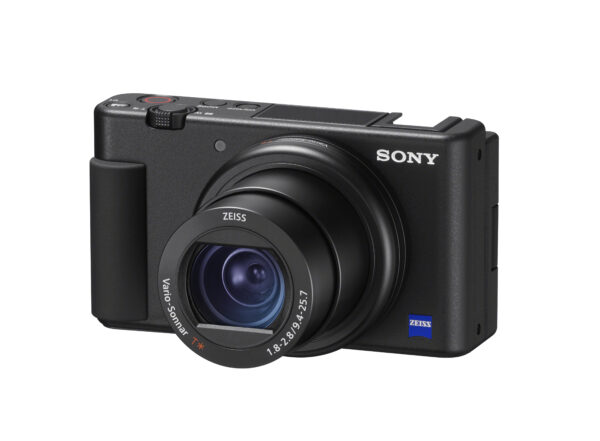
The new Sony ZV-1 is a camera that the Japanese electronics manufacturer has smartly modelled after its RX100 premium compact cameras that have won many fans over.
The big difference – the new camera also aimed at producing great videos, which the previous model isn’t as well known for as its still images.
Physically, both the RX100 mark VII and the ZV-1 are very similar in size and weight. Some of the buttons, levers and dials are identical. These include the zoom lever, multi-directional wheel and rear buttons.
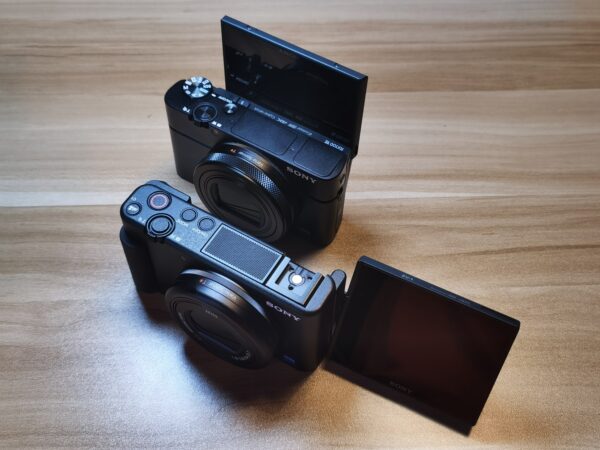
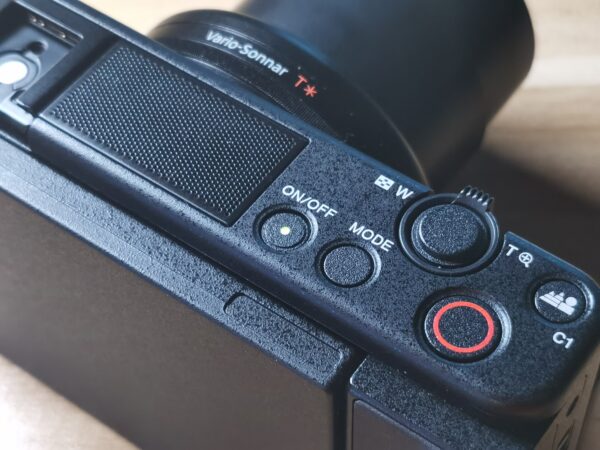
The new camera also has the same 1-inch 20-megapixel CMOS sensor residing in the camera body, while sporting Sony’s Steadyshot digital and optical stabilisation.
The record button and grip are noticeably larger on the ZV-1, which makes it easier to hold. This is an improvement because there have been times when I had trouble pressing in the video button on the RX100 because it is so small for no apparent reason.
What else is different? The pop-up viewfinder is gone, along with the flash. These are replaced by a very sizeable microphone and multi-functional hot-shoe that can accommodate Sony’s condenser mic for video recording. Or it can hold an accompanying fur windshield for better sound pickup.
The Sony ZV-1 has a much shorter zoom range from 24mm at f1.8 to 70mm at f2.8. For video, the zoom range afforded by the same lens is more than sufficient for most shooting scenario except perhaps selfies.
I’d say that the lens is not wide enough, especially when the camera further crops the image when in 4K video mode and with active stabilisation switched on.
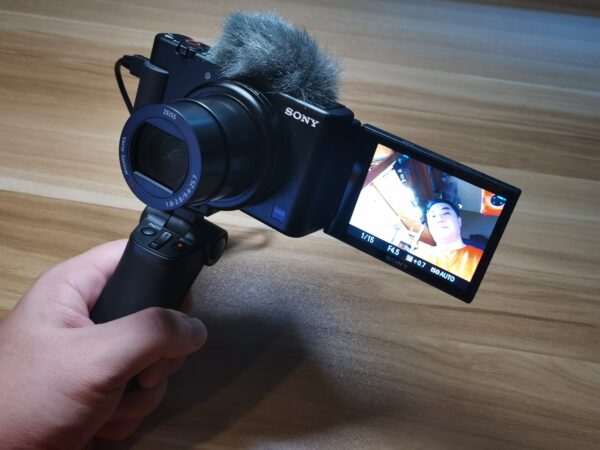
Holding this camera at arm’s length will tire you much quickly, say, if you want video footage of yourself at a more flattering distance. Inevitably, this means a selfie stick is needed when capturing selfie videos with the camera.
One solutions is to get the longer Sony GP-VPT2BT shooting grip that uses Bluetooth connection to control the zoom, photo shutter and video record button. The VCTSGR1 is just too short.
Of course, I can also record in HD resolution and turn off the active stabilisation to have a wider view of the scene but this defeats the purpose of getting this camera. You lose two important features like this.
Fortunately, using the ZV-1 to shoot video is pretty easy thanks to the excellent autofocus performance inherited from the RX100 camera. I can easily place an object in front of the camera and achieve focus, then get it to focus back to my face again just as easily.
The onboard microphone is up to the task too for the most part and I can plug my own clip-on microphone or condenser microphone via the microphone port for higher quality audio recording.
With the safe distancing measures in place, one other possible use of the ZV-1 is videoconferencing. I can do this by using Open Broadcaster Software (OBS).
However, while linking the PC to the camera with Sony’s Image Edge Desktop is easy enough, it takes some tweaking on OBS for Zoom to work with it.
A desktop software app that links to Zoom or Google Meet directly would make the ZV-1 even more desirable for consumers. That makes the camera a true dual-use device.


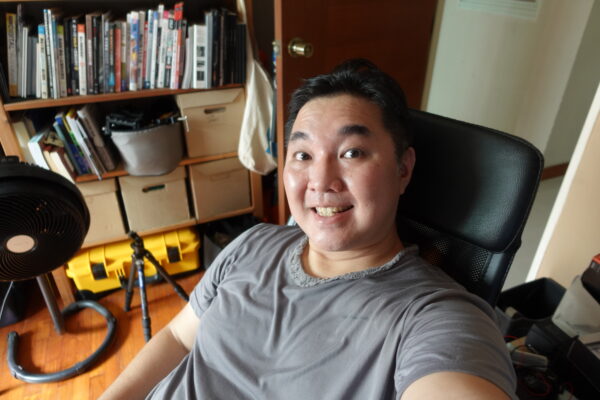
How does the ZV-1 perform in still photos? It is certainly capable of high quality shots with all the photographic controls provided with the camera, as you would expect from a premium compact camera. The experience is almost similar to the RX100 VII.
Some things can be improved, though. Since the camera is designed with videos in mind, the lack of a headphone jack to monitor the sound input is puzzling. I also miss the physical mode dial – diving into the menu via the mode button makes it slower to change modes.
The interface can be better as well. The lack of direct touchscreen input when doing a selfie video means you can end up fumbling at the buttons at the back of the camera while facing the lens.
Take note that the camera will also show a pop-up message if you have a slower MicroSD card in the slot. I’d recommend faster UHS-II MicroSD cards if you want to record 4K video.
That said, the ZV-1 is still an attractive camera on the balance of things. It does many things right, because it is based on an excellent predecessor, in the form of the RX100 VII.
At S$999, the ZV-1 is not a cheap device but it is a video camera that performs well above what most users need. When you compare the ZV-1 with the RX100 VII at S$1,649, the ZV-1 is a bargain despite its shortfalls.






